Nutrition Through the Life Cycle 4th Edition By by Judith E. Brown – Test Bank
Test Bank for Chapter 4 – Nutrition during Pregnancy
Key to question types: F = fact-based; A = application; L, M, H = low, medium, high difficulty
Multiple Choice
Answer Page #
c, F, L 88-89 1. A pre-term birth rate is defined as
a. births <30 weeks gestation/100 live births.
b. births <34 weeks gestation/100 live births.
c. births <37 weeks gestation/100 live births.
d. births <40 weeks gestation/100 live births.
e, F, L 89 2. The reduction in the U.S. infant mortality rate over the past 20 years has been:
a. increasing at a RAPID rate.
b. increasing at a SLOWER rate than the historical infant mortality rate reductions.
c. due to technological advancements.
d. LARGELY due to high levels of medical care.
e. both b and c
b, A, M 90 3. Approximately how many infants who die within the first year of life die within the first month after birth?
a. 1/3
b. 2/3
c. 1/2
d. 3/4
e. 5/8
c, F, M 90 4. Infants weighing _____ are least likely to die within the first year of life.
a. 5 lbs 11 oz to 6 lbs 5 oz
b. 6 lbs 10 oz to 7 pounds 2 oz
c. 7 lbs 12 oz to 10 lbs
d. 8 lbs 8 oz to 10 lbs 2 oz
a, F, L 94 5. The preferred source of fuel for the fetus is _____.
a. glucose
b. fatty acids
c. proteins
d. cholesterol
e. fiber
d, F, H 94-95 6. In the second maternal phase, which statement is NOT correct about hormones and carbohydrate metabolism?
a. Rising levels of hCS and prolactin from the pituitary inhibit the conversion of glucose to glycogen and fat storage.
b. Insulin resistance builds and increases the reliance on fats for energy.
c. Estrogen and progesterone levels continue to increase and stimulate insulin production.
d. hCG levels increase to a greater extent than in the first phase and stimulate conversion of glucose to glycogen and fat stores.
c, F, M 95 7. The change in lipid blood levels that occurs during pregnancy can best be explained in this way: _____.
a. cholesterol and triglyceride levels decrease due to the increased water volume in the blood
b. cholesterol and triglyceride levels remain the same as pre-pregnancy levels
c. cholesterol and triglyceride levels increase dramatically from pre-pregnancy levels
d. cholesterol and triglyceride levels fluctuate daily and depend on when the fetus is building nerve cells
e, F, M 96 8. All of the following substances are transported through the placenta easily, with the exception of _____, which is not transferred at all.
a. water
b. cholesterol
c. oxygen
d. ketones
e. insulin
b, F, L 97 9. When cell size increases due to an accumulation of protein and lipids, the increase is characterized as _____.
a. hyperplasia
b. hypertrophy
c. differentiation
d. maturation
e. development
b, A, M 98 10. A critical period of neural tube development following conception is:
a. 1-2 weeks after conception.
b. 3-4 weeks after conception.
c. 5-6 weeks after conception.
d. 7-8 weeks after conception.
e. 9-10 weeks after conception.
b, F, L 110 11. The recommended daily protein (g) intake for pregnant women is _____.
a. 30 g
b. 71 g
c. 90 g
d. 120 g
a, A, H 12; 113 12. Research is emerging that suggests pregnant women should increase their food sources of docosahexaenoic acid (DHA). Which of the following foods would provide the most DHA to pregnant women?
a. ½ tuna salad sandwich
b. ¼ cup granola containing 1 tsp sunflower seed
c. 8-oz glass whole milk
d. 1 cup broccoli
a, F, M 123 13. Pregnant women of _____ ethnicity are more likely than those of other ethnicities to have an eating disorder known as pica.
a. African American
b. White Caucasian
c. Hispanic
d. Hmong
e. Chinese
d, F 92 14. The first half of pregnancy is considered the “maternal _____,” while the second half of pregnancy is considered the ”maternal _____.”
a. anatomic phase/catatonic phase
b. catatonic phase/anatomic phase
c. catabolic phase/anabolic phase
d. anabolic phase/catabolic phase
e. hyperplastic phase/hypertrophic phase
e, A, M 93 15. A pregnant woman in the anabolic phase of pregnancy
a. has increased thirst.
b. notices a significant (>1 lb/ week) weight gain.
c. is not hungry and eats less because nutrients aren’t needed until the catabolic phase.
d. feels tired and exhausts easily.
e. a and d only
a, F 93 16. The changes in maternal physiology affect all parts of the body; which of the following would NOT be a normal change in a woman’s gastrointestinal tract during pregnancy?
a. Decreased gastric and intestinal transit time
b. Relaxed gastrointestinal tract muscle tone
c. Heartburn
d. Constipation
e. Nausea
b, F 93 17. Hemodilution of nutrients occurs during pregnancy because:
a. women are eating less.
b. blood volume increases so much.
c. amniotic fluid displaces many nutrients.
d. glomerular filtration decreases.
e. maternal organs and tissues grow.



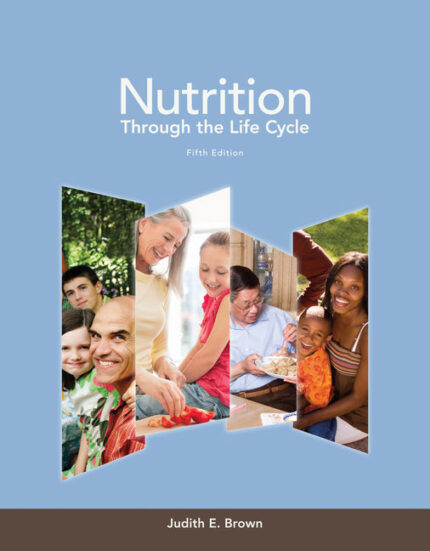




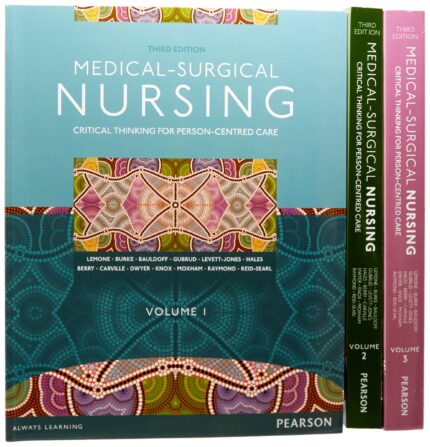


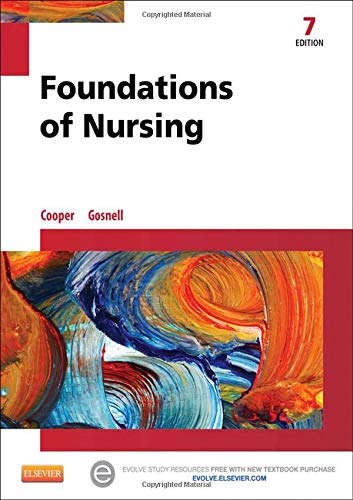
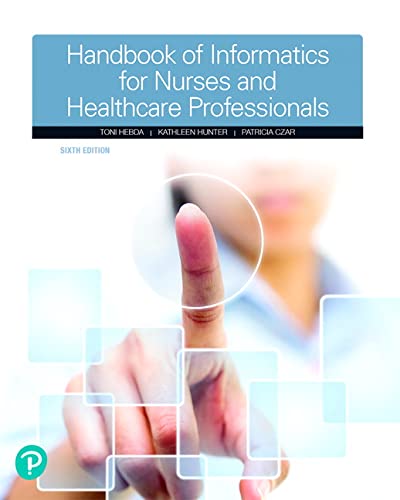
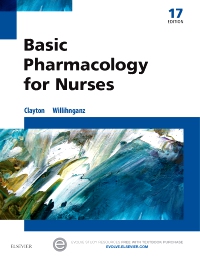
Reviews
There are no reviews yet.